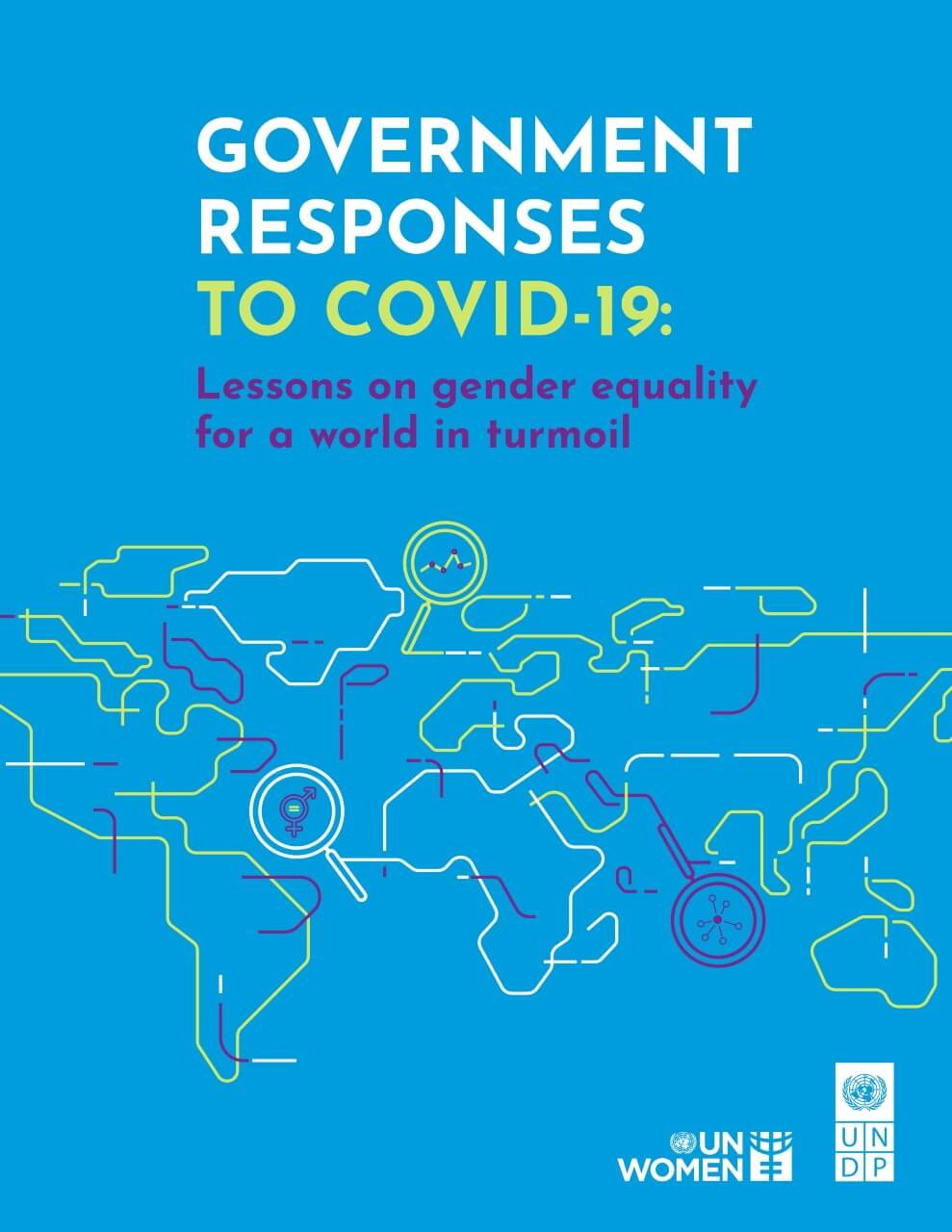Understanding the Impact of COVID-19 on Gender Equality
The COVID-19 pandemic has had a profound effect on every aspect of society. As businesses grapple with the fallout and individuals adjust to new realities, one significant area of concern has emerged: gender equality. In this post, we will explore how governments worldwide have responded to the pandemic and the lessons learned regarding gender equality during this challenging time. Our exploration pulls insights from the report by UN Women, detailing the implications of COVID-19 on gender policy and societal norms.
The Gendered Impact of the Pandemic
From the onset of the pandemic, it became clear that COVID-19 was not affecting all demographics equally. Studies show that women experienced significant setbacks in various sectors, most notably in health and economic status. For instance, women, comprising a high percentage of healthcare workers, faced increased exposure to the virus while also taking on the brunt of caregiving responsibilities at home.
Key Statistics
According to UN Women, women have represented 70% of the healthcare workforce globally, leading to overwhelming stress and burnout. Additionally, economic data reveals that women were more likely to work in sectors heavily affected by lockdowns, such as hospitality and retail. This brought about a disparity in unemployment rates, which rose more sharply for women than men.
Government Responses: A Mixed Bag
As COVID-19 swept the globe, governments were thrust into decision-making under immense pressure. The responses varied widely, impacting gender equality outcomes significantly. Some governments took bold steps to address the unique challenges faced by women, while others failed to incorporate gender perspectives into their pandemic responses.
Positive Government Initiatives
In some countries, leaders recognized the need for a gender-sensitive approach. Initiatives like offering support for domestic violence shelters, enhancing parental leave, and ensuring that women have access to economic recovery resources were implemented. For example, countries like New Zealand and Germany expanded their social welfare programs to include more family-friendly policies, acknowledging the dual burdens women often face.
Neglected Areas in Government Plans
However, not all nations adopted such measures. Many governments overlooked the specific needs of women during the crisis. There was significant underinvestment in health and social care sectors, areas where women are heavily employed. Furthermore, women’s participation in decision-making processes concerning COVID-19 recovery remained limited, leading to overlooked gender disparities in recovery strategies.
Lessons Learned for the Future
The experiences garnered from the pandemic have underscored the importance of integrating gender perspectives into policy-making. Here are some critical lessons moving forward:
1. Emergency Plans Must Include Gender Equality Considerations
Future public health responses should include frameworks that consider gender. This includes data collection disaggregated by sex to understand the different impacts on various demographics, ensuring that resources are allocated to support those disproportionately affected by crises.
2. Support Structures Are Essential
Increasing support for social services, such as domestic violence shelters and mental health resources, is crucial. These services are often overwhelmed during crises and should be recognized in any emergency preparedness plan.
3. Economic Recovery Can’t Be One-Size-Fits-All
Economic recovery plans should prioritize the needs of marginalized groups, including women. Ensuring equal access to funding, training, and support services can help mitigate the long-term economic impacts experienced by women.
Conclusion: A Path Forward for Gender Equality
The COVID-19 pandemic has provided a unique opportunity to reassess our values and approaches to gender equality. As HR professionals and business leaders, it is vital to advocate for policies that promote inclusivity and equality, not just in times of crisis but as a core component of organizational strategy.
By learning from the challenges posed during the pandemic and implementing inclusive strategies, businesses can not only aid in equitable recovery but also promote a culture of gender equality that transcends the workplace and impacts society positively.
For a deeper dive into this topic, refer to the insightful findings of UN Women, which outlines the governments’ responses and provides an analytical perspective on gender equality lessons from the COVID-19 crisis.








